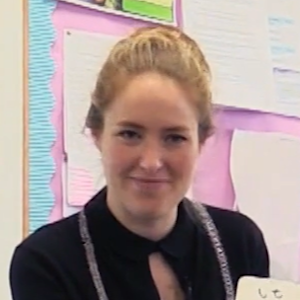Reading is fundamental
Reading ability at the age of six predicts a child’s future academic success.
Looks like Dr Seuss got it right:
“The more that you read, the more things you will know. The more that you learn, the more places you’ll go.”
Every child deserves early experiences that prepare them to become successful readers.
It’s tempting to think that children should be taught to read as early as possible. However, rushing to teach reading too early risks missing out on foundational skills.
Experts in child development know that most children aren’t ready for independent reading until they start school. It isn’t until the end of reception that children are developmentally able to read simple sentences using phonic knowledge and can fully understand what they have read.
Children need to complete an entire journey before they are ready to learn the different combinations of sounds that make up the phonetic code. Jumping into reading before completing this can be counter-productive.
The Department of Education recognises that in early childhood all seven areas of learning and development are equally important and interconnected. A skilled educator knows to focus more broadly than reading alone to ignite a child’s curiosity and enthusiasm for books.
Dr Sally Neaum visualises learning to read as an iceberg. The visible part of the iceberg floating above the surface represents the aspects of literacy that we can see: reading and writing. The visible skills of reading and writing are supported by an invisible body of knowledge and skills, just as an iceberg has a huge block of ice hidden beneath the water. Literacy in a tiney home
A deep understanding of the skills that underpin literacy means tiney home leaders foster enthusiasm for literacy in their children.
Instead of expecting too much too soon, they gauge what is appropriate for each child. A focus on playful pre-reading activities paves the way for each child to embrace reading once they start school.
Creating a language-rich space
Reading grows out of strong communication skills. The DfE calls ‘Communication and Language’ a prime area of learning because it supports progress in every other area of development.
Good communication skills prepare a child for success in reading and writing. And communication skills rely on a child being read to, talked to and listened to.
Through play, tiney home leaders introduce new vocabulary, model complex sentences and extend children’s thoughts and ideas. A small home environment gives each child the individual attention they need to talk, listen and develop as a communicator.
Language underpins phonics by letting children hear, identify and copy different sounds. In a tiney home, children might pause to listen for bird song, copy the sound of a noisy bus or repeat a silly song.
As children develop their listening skills they begin hearing the individual sounds in words and join in with simple listening games like i-spy.
A passion for books and storytime
Developing communication and language also means having a bookshelf stocked with well-loved stories. When a child is surrounded by books and enjoys reading with adults, they are keen to try it on their own. And a child who WANTS to read is already halfway to becoming a reader.
A tiney leader nurtures a love of reading throughout the day. Not only are there plenty of books in their home, they carefully choose books that reflect each child’s individual interests. If there is a nearby library, they visit to pick books together. Popular books are shared with families so children can visit favourite characters again and again.
Research shows the more words a child knows, the quicker their vocabulary grows. Sharing books is a great way to learn new words.
Listening to a book full of words you don’t understand isn’t much fun. That’s why tiney leaders choose books that are well matched to each child’s ability, so they enjoy discovering new language and keep learning.
Knowing what each child loves is central to tiney’s ethos. Tiney home leaders use their personal knowledge to revisit stories during play, bringing characters to life and deepening understanding.







